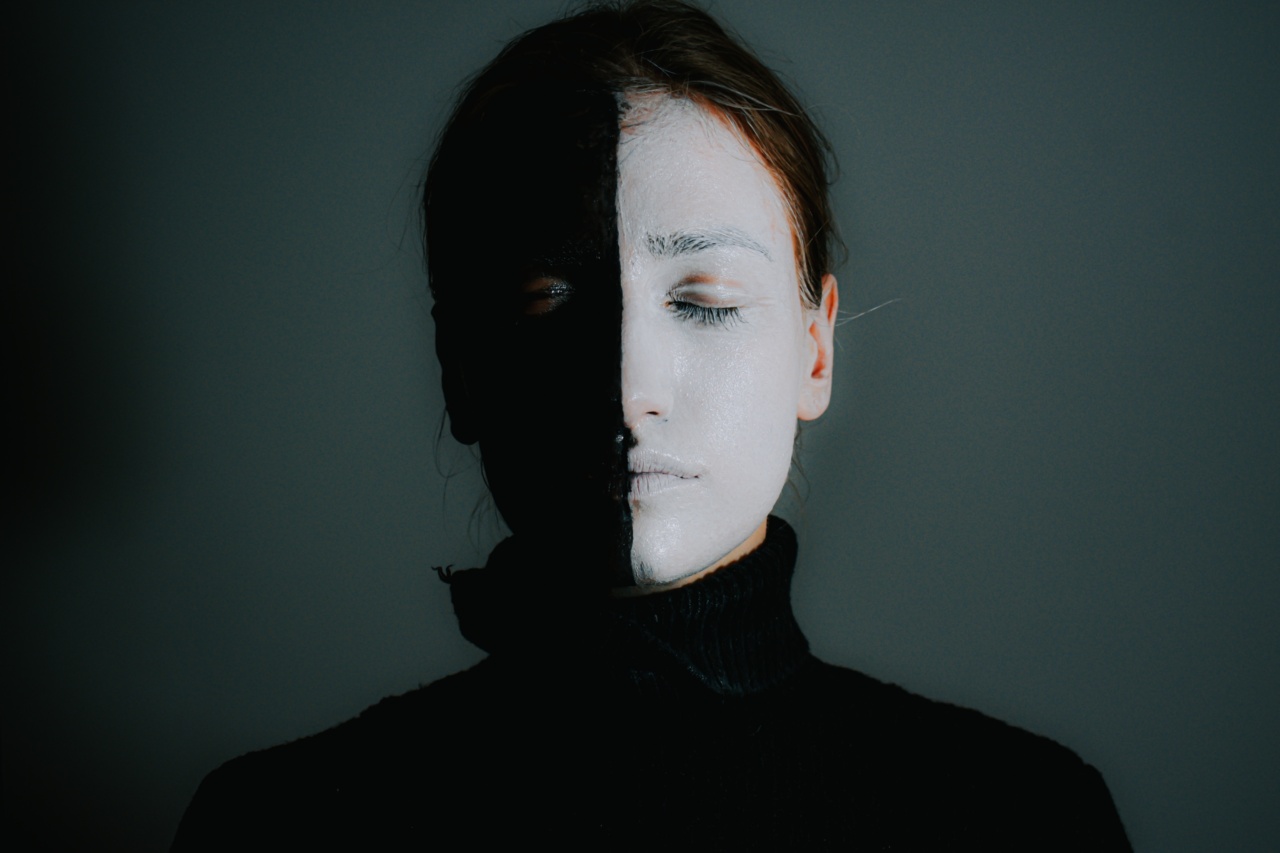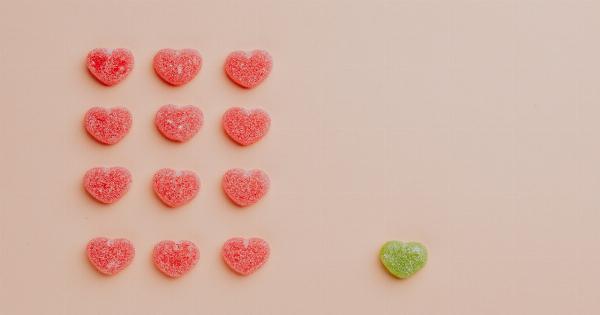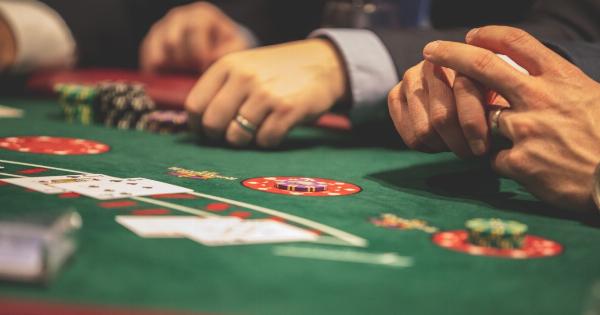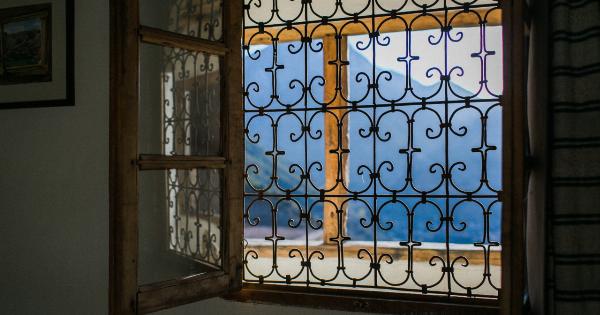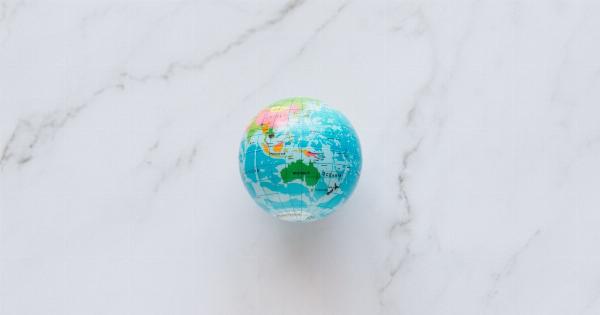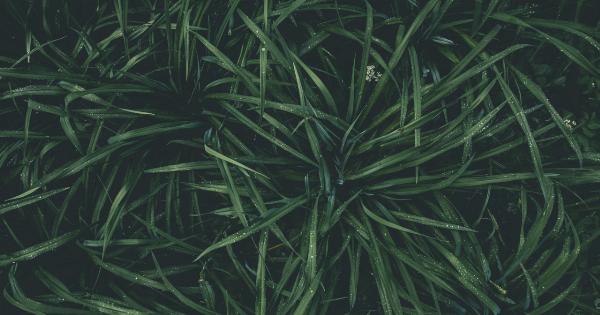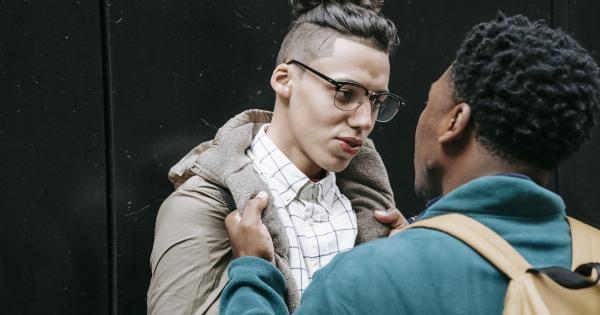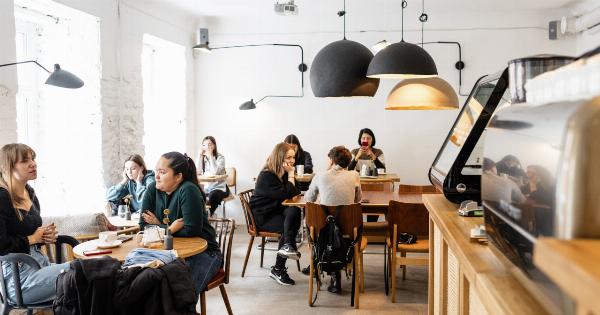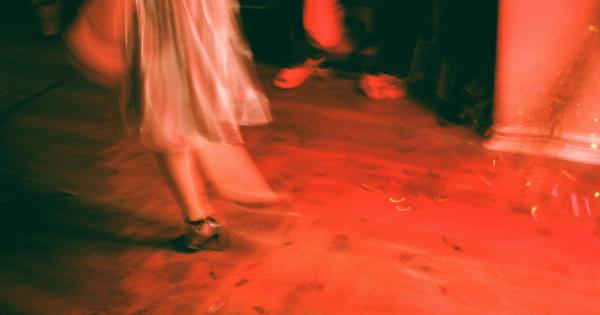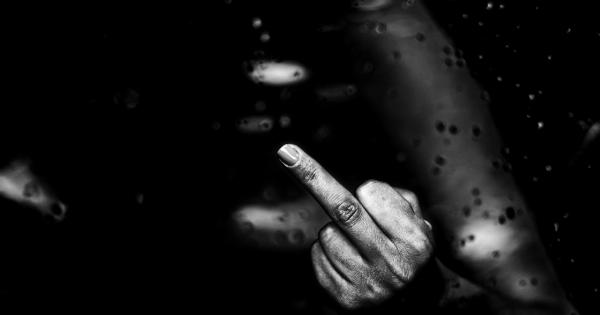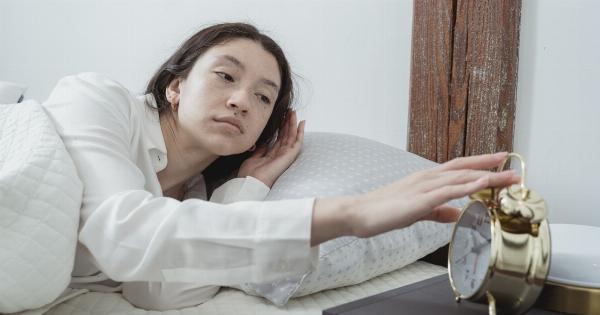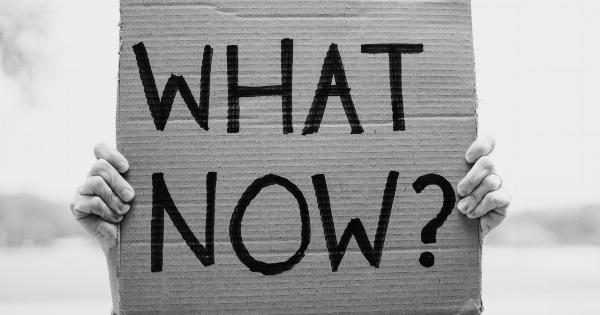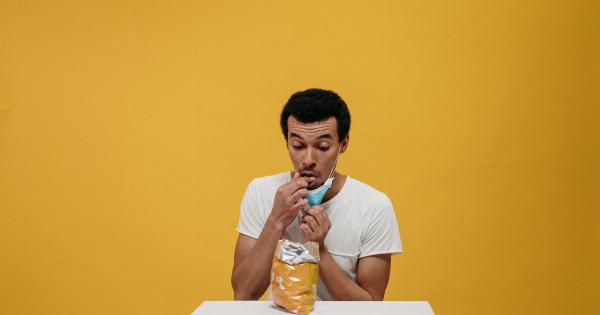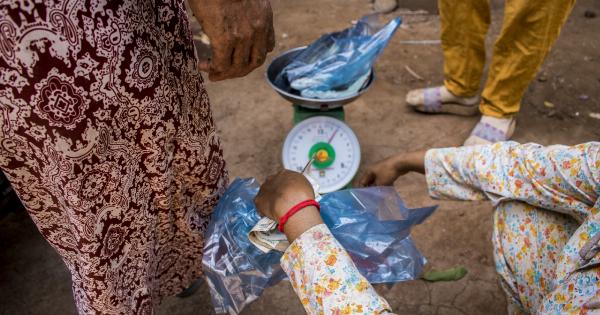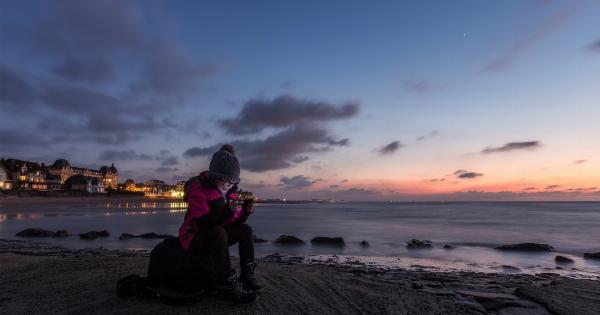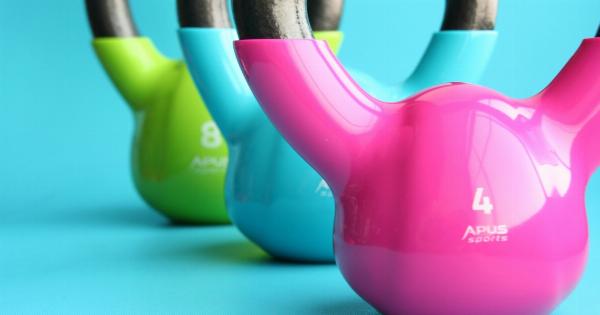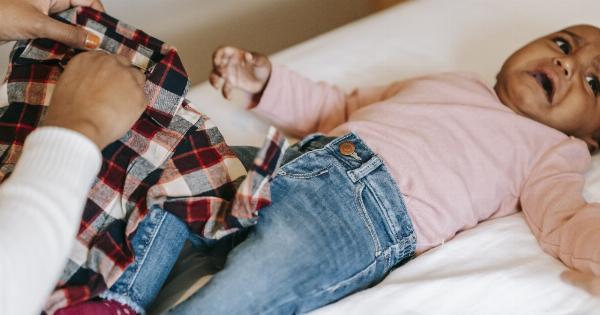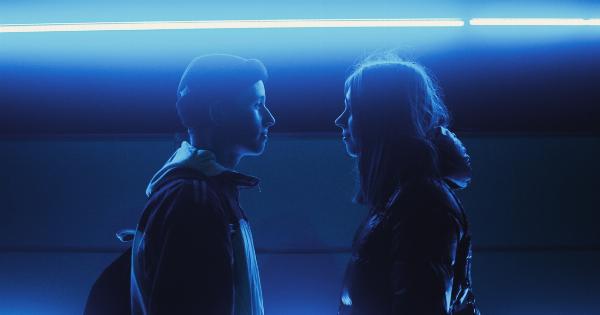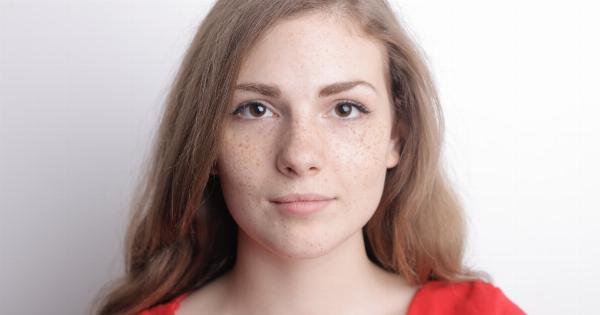Have you ever wondered why certain colors trigger emotions and behaviors in people? Color psychology is the study of how colors affect us psychologically, emotionally, and behaviorally.
Colors have a powerful influence on how we perceive the world around us, and understanding the psychology behind each color can provide valuable insights in marketing, design, and even personal relationships. In this article, we will delve into the world of color psychology and take a closer look at how colors affect our mood, behavior, and decision-making processes.
Red: The color of passion, love, and energy
Red is a warm and stimulating color that represents action, passion, and energy. It is often associated with love, romance, and excitement, as well as danger, anger, and aggression.
The color red can increase heart rate, blood pressure, and respiration, making it a popular choice for alerting people and inducing urgency.
For marketers, red can be used to capture people’s attention and stimulate sales, as it is a call to action and creates an emotional response.
In design, red can create a sense of urgency and promote a sense of activity, making it a popular choice in sports and fitness-related situations.
Orange: The color of enthusiasm, creativity, and adventure
Orange is a bright, vibrant color that symbolizes enthusiasm, creativity, and adventure. It is often associated with warmth, happiness, and sociability, as well as affordability and value.
The color orange can stimulate the appetite, making it a popular choice for food-related products and services.
Orange is also known to promote a sense of urgency and impulse, making it a popular choice for promotions and sales. In design, orange is often used in bold and playful designs, as it represents risk-taking and innovation.
Yellow: The color of optimism, clarity, and confidence
Yellow is a bright and cheerful color that symbolizes optimism, clarity, and confidence. It is often associated with positivity, happiness, and energy, as well as intelligence and thoughtfulness.
The color yellow can be used to improve self-esteem, promote creativity, and increase mental clarity.
Yellow is also known to be attention-grabbing, making it a popular choice in marketing and advertising. In design, yellow is often used to create a sense of optimism and friendliness, as it is known to be the most visible color in daylight.
Green: The color of growth, harmony, and balance
Green is a calming and balanced color that represents growth, harmony, and balance. It is often associated with nature, health, and tranquility, as well as wealth and prestige.
The color green can promote relaxation, reduce stress levels, and improve overall well-being.
For marketers, green can be used to promote environmentally-friendly products and services, as well as luxury and high-end brands. In design, green is often used to create a sense of stability and balance, as well as harmony and unity.
Blue: The color of trust, loyalty, and intelligence
Blue is a calming and trustworthy color that represents trust, loyalty, and intelligence. It is often associated with professionalism, security, and stability, as well as wisdom and depth.
The color blue can improve concentration and focus, making it a popular choice in learning and educational environments.
Blue is also known to be a universal color, making it a popular choice in marketing and advertising. In design, blue is often used to create a sense of tranquility and calmness, as well as security and stability.
Purple: The color of luxury, mystery, and spirituality
Purple is a luxurious and mysterious color that represents spirituality, mystery, and creativity. It is often associated with royalty, luxury, and sophistication, as well as intuition and creativity.
The color purple can promote creativity, imagination, and inspiration, making it a popular choice in fashion and design.
Purple is also known to be a spiritual and mystical color, making it a popular choice in marketing and advertising. In design, purple is often used to create a sense of elegance and sophistication, as well as exclusivity and luxury.
Black: The color of power, elegance, and mystery
Black is a powerful and sophisticated color that represents elegance, mystery, and strength. It is often associated with power, authority, and exclusivity, as well as sophistication and modernity.
The color black can create a sense of mystery and intrigue, making it a popular choice in fashion and luxury brands.
Black is also known to be a symbol of rebellion and individuality, making it a popular choice in marketing and advertising for edgier brands.
In design, black is often used to create a sense of sophistication and elegance, as well as exclusivity and luxury.
White: The color of purity, cleanliness, and simplicity
White is a pure and clean color that represents simplicity, purity, and innocence. It is often associated with cleanliness, calmness, and order, as well as new beginnings and purity.
The color white can create a sense of clarity and simplicity, making it a popular choice in design and marketing for minimalist brands.
White is also associated with luxury and exclusivity, as well as purity and simplicity. In design, white is often used to create a sense of openness and purity, as well as emphasis on cleanliness and simplicity.
Pink: The color of love, femininity, and playfulness
Pink is a playful and feminine color that represents love, kindness, and compassion. It is often associated with femininity, nurturing, and sweetness, as well as playfulness and innocence.
The color pink can create a sense of calmness and relaxation, making it a popular choice in health and wellness.
Pink is also associated with luxury and exclusivity, as well as femininity and romance. In design, pink is often used to create a sense of playfulness and femininity, as well as a subtle sense of luxury.
Brown: The color of comfort, security, and reliability
Brown is a warm and comforting color that represents security, reliability, and comfort. It is often associated with earthiness, warmth, and stability, as well as friendliness and approachability.
The color brown can promote a sense of comfort and security, making it a popular choice in food and hospitality-related industries.
Brown is also associated with ruggedness and durability, making it a popular choice in marketing and advertising for outdoor and adventure-related products.
In design, brown is often used to create a sense of warmth and comfort, as well as a feeling of stability and reliability.
Conclusion
Colors have a powerful impact on our emotions, behaviors, and decision-making processes. Understanding the psychology behind each color can provide valuable insights in marketing, design, and personal relationships.
By incorporating different colors into our lives and surroundings, we can enhance our experiences and create a more joyful and fulfilling life.
